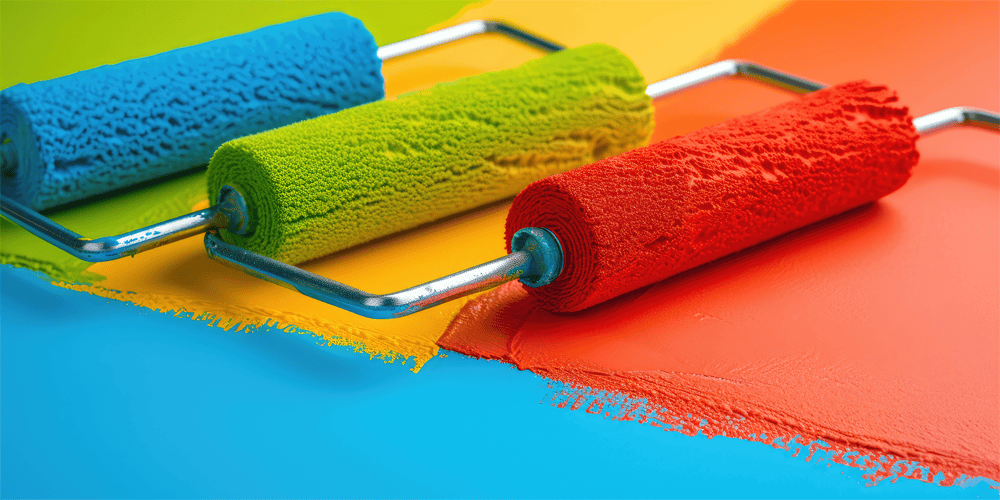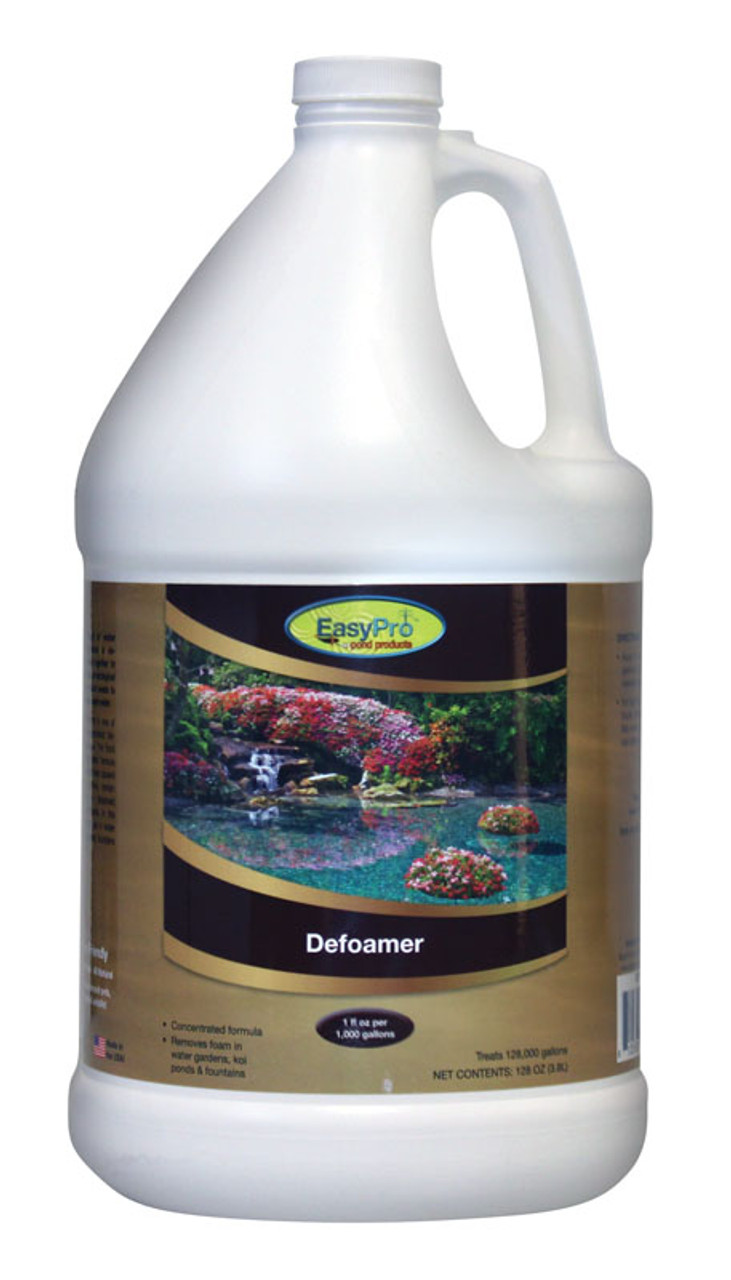How Defoamers Can Save Time and Money in Industrial Production
How Defoamers Can Save Time and Money in Industrial Production
Blog Article
Choosing the Right Defoamer for Your Details Application Requirements
Picking the ideal defoamer for particular application requirements is a nuanced process that demands mindful consideration of multiple elements, such as the foam operating, tool, and type problems. Comprehending the subtleties of defoamer efficiency-- including speed and determination-- while additionally accounting for ecological and regulatory elements is critical. Furthermore, participating in tests and seeking advice from producers can give valuable insights. However, navigating these intricacies can be difficult, and the repercussions of an inadequate option may be significant. What approaches can be utilized to make certain an optimum choice?
Understanding Foam Development
Foam development occurs when gas is entraped within a fluid, creating a stable framework of bubbles. This phenomenon can considerably influence different commercial procedures, particularly in fields such as food production, pharmaceuticals, and wastewater therapy. The existence of foam can impede blending, minimize item high quality, and even bring about operational inefficiencies.
Foam typically creates due to a mix of aspects, including surface-active agents, frustration, and the qualities of the fluid phase. Surfactants lower the surface area tension of the liquid, facilitating the development of bubbles that can support and coalesce. Anxiety, whether from mechanical mixing or gas intro, improves bubble development, resulting in boosted foam quantity.
Recognizing the mechanics of foam formation is vital for industries intending to maximize their processes. By recognizing the specific conditions that promote foam generation, companies can implement techniques to reduce its results. This knowledge lays the foundation for picking ideal defoaming representatives that efficiently target the distinct difficulties positioned by foam in various applications. An extensive understanding of foam formation is vital for boosting efficiency and keeping product stability across various sectors.
Kinds Of Defoamers Available
Numerous kinds of defoamers are available to address the obstacles postured by foam in commercial applications. defoamers. Broadly identified, defoamers fall under 3 categories: silicone-based, non-silicone-based, and natural defoamers
Silicone-based defoamers are renowned for their performance and stability across a vast array of temperatures and pH degrees. They are commonly made use of in applications where solid foam suppression is essential, such as in finishes, paints, and adhesives. Their low surface area tension permits for fast foam collapse.
Non-silicone-based defoamers, usually made from organic substances, use an alternative for applications sensitive to silicone deposits. These defoamers can be additional split right into polyether and ester types, each tailored to satisfy details formulation requirements. Non-silicone defoamers are often made use of in food handling and individual care items as a result of their compatibility with various formulas.
All-natural defoamers, originated from plant or pet resources, are acquiring grip due to their green profile. These products are especially appealing in applications where governing compliance and sustainability are extremely important, such as in agrochemicals and biotechnology.
Choosing the best kind of defoamer is important for maximizing efficiency and making certain compatibility with certain applications.
Trick Application Factors To Consider
When picking a defoamer, it is vital to take into consideration the specific application requirements to guarantee ideal efficiency. defoamers. Different industries have distinct requirements, such as food processing, drugs, or wastewater therapy, and each application might need one-of-a-kind defoaming residential properties
Secret aspects to examine consist of the tool in which the defoamer will be made use of, whether it is water-based, oil-based, or a mix thereof. The temperature level and pH degrees of the application can likewise considerably influence the effectiveness of a defoamer. Furthermore, compatibility with various other chemicals present in the system is my explanation important to avoid unfavorable reactions that can endanger efficiency.
An additional crucial consideration is the foaming actions of the details system. Comprehending whether the foam develops rapidly or gradually can assist the choice of a defoamer that targets the origin properly. Furthermore, the preferred speed of defoaming can affect the choice, as some applications require quick action while others might endure slower defoaming processes.
Lastly, ecological and regulative factors to consider should not be forgotten, especially in markets with rigorous compliance demands. Selecting a defoamer that straightens with these factors makes certain both effectiveness and safety and security in the application.

Performance Screening Techniques
Examining the performance of a defoamer calls for a systematic approach to screening that accurately measures its performance in certain applications. Various performance testing techniques can be employed to establish the optimum defoamer for an offered formulation.
One usual technique is the bubble test, which examines the defoamer's capacity to minimize foam volume over time. This examination involves creating a stable foam and after that including the defoamer to observe the rate of foam collapse. An additional method is the vibrant foam examination, where foam is created under controlled problems to simulate real-world application circumstances. This approach offers understandings right into how the defoamer does under differing shear problems.

Eventually, choosing the ideal performance screening technique depends on the particular application and the kind of foam being addressed. Each method uses valuable data that can guide solution changes and enhance the effectiveness of the defoamer in functional applications.
Ideal Practices for Option


Following, think about the defoamer's performance in regards to speed of activity and determination. A quick-acting defoamer may be essential for processes where fast foam reductions is important, while a much more consistent solution could be needed for extended foam control. Additionally, review the environmental effect of the defoamer, including its biodegradability and any type of governing compliance needs.
Conduct trials with chosen defoamers to establish useful link their performance in real-world conditions. By sticking to these best practices, you can improve foam control effectiveness and make sure the longevity of your processes.
Final Thought
In recap, selecting the proper defoamer demands a comprehensive analysis of numerous variables, consisting of foam kind, tool, operating conditions, and environmental considerations. Understanding the unique attributes of foam development and the offered defoamer choices is important. In addition, utilizing effective performance testing techniques and adhering to best practices during the selection procedure will certainly improve the probability of attaining ideal defoaming results. Ultimately, a knowledgeable choice strategy will address details application needs and alleviate foaming challenges successfully.
Picking the suitable defoamer for details application requirements is a nuanced procedure that requires careful consideration of multiple factors, such as the foam operating, medium, and type problems.Picking the ideal defoamer is important for achieving ideal efficiency in foam control applications. A quick-acting defoamer may be needed for procedures where quick foam reductions is important, while a more consistent solution could be needed for prolonged foam control.In summary, choosing the suitable defoamer demands a thorough evaluation of various elements, consisting of foam type, tool, operating conditions, and ecological considerations. Understanding the one-of-a-kind characteristics of foam formation and the readily available defoamer choices is essential.
Report this page